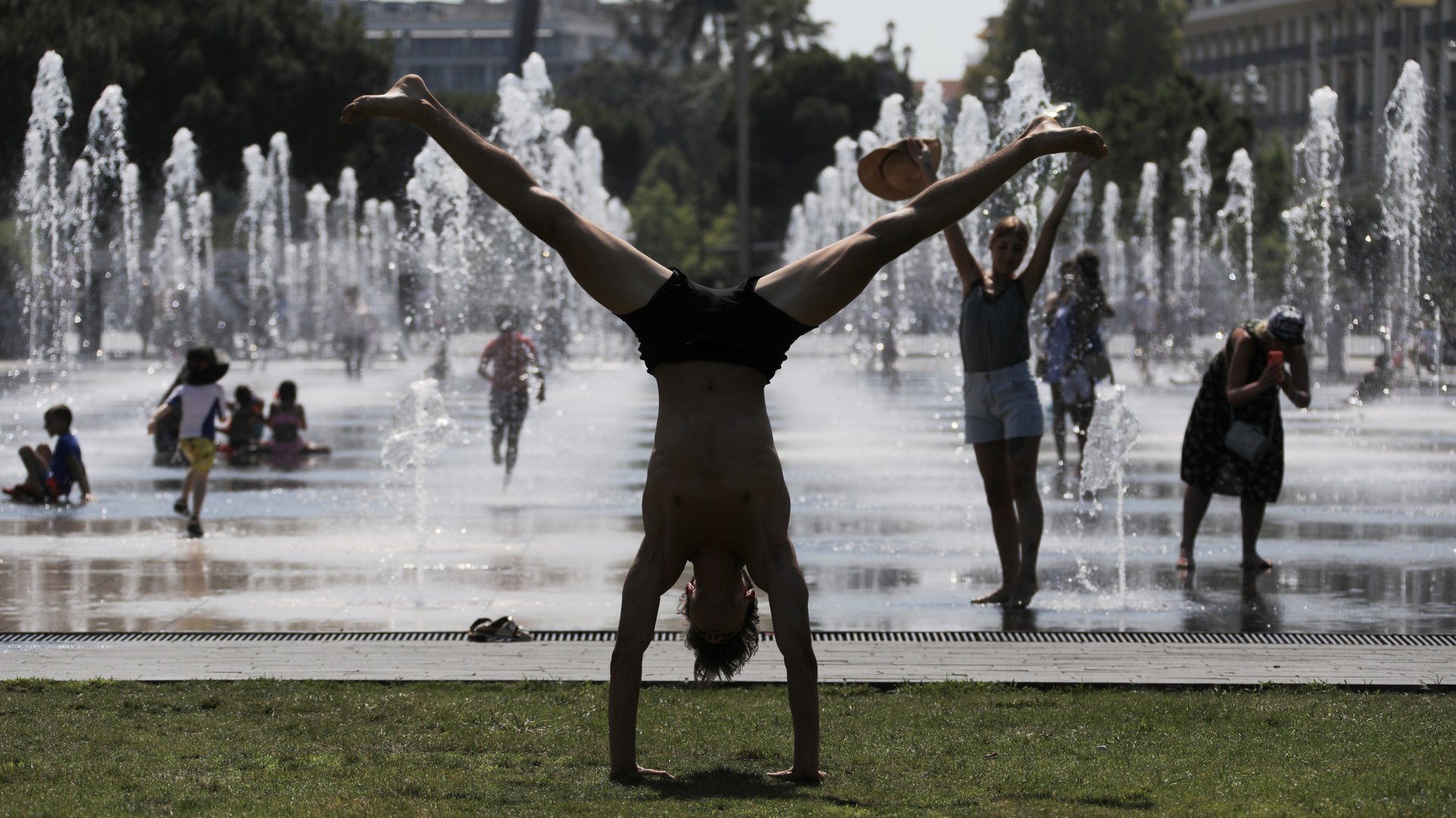Extreme temperatures fuel a dangerous climate feedback loop
The UK woke up with relief to grey skies and drizzle this morning. A record-breaking heatwave, which for three days had disrupted sleep, commutes, and holiday plans, was over. But its impact on the climate is not.


The UK woke up with relief to grey skies and drizzle this morning. A record-breaking heatwave, which for three days had disrupted sleep, commutes, and holiday plans, was over. But its impact on the climate is not.
Yesterday (July 25), Cambridge recorded a temperature of 38.1°C (100.6°F), just shy of 38.5°C—the country’s all-time high, reached during a 2003 heatwave.
While other countries are able to deal with much higher temperatures, the UK suffers because its infrastructure isn’t built to handle such temperatures. On windless and high temperature days, my home, which has double-glazed windows and no air conditioning, becomes a fryer.
The infrastructure that experiences the most strain is public transport. Heatwaves plunge the rail network into chaos, as the steel rails laid down in the country are stress-tested for mean summer temperatures, based on historical records of around 27°C (80 °F). In hotter countries, for example, concrete slabs installed underneath the rail tracks can handle a greater temperature swing that the wooden sleepers commonly used in the UK.
That means people look for alternative transport options, hopping off electricity-powered trains to get onto gasoline-powered cars, taxis, or buses, which pump out greenhouse gases.
Something similar happens to the electricity grid. The hotter it gets, the more electricity people use to run fans, air-conditioners, or freezers. To satisfy this demand, the country ends up firing more of its fossil-fuel power plants. That means the electric grid’s carbon intensity—the amount of carbon dioxide released per unit of electricity generation—goes up.
This kind of short-term increase in emissions is starting to add up. Climate change is causing more unusually hot or cold days across the world. That’s in turn causing the world to use more energy—for example, electricity to run air-conditioners or natural gas to run boilers.
In 2018, the world set a new record for annual global emissions. That increase came after nearly three years of nearly flat-lined emissions. Part of the reason was the increased energy use to mitigate the effect of unusually hot or cold days, according to an analysis by the BP Statistical Review of World Energy.
We’re entering a dangerous climate feedback loop. More climate change means more unusually hot or cold days, which means more energy use, more emissions—and more climate change.
More than 80% of global energy still comes from fossil fuels (and carbon capture buries only about 1% of those fossil-fuel emissions). The carbon intensity of global energy is falling, but it needs to fall much faster if we’re to avoid climate catastrophe.